Before we get into it, I wanted to give a shameless shoutout to our Super Solar Powerbank for keeping my GoPro camera and iPhone charged throughout my entire week-long trip. There's plenty of sun in Hawaii, and with that, I was never concerned about not being able to capture a moment.
The world is full of diverse, unique biosystems that boast a variety of differences, making each one a worthwhile sight. Many of us in North America are accustomed to woodland areas, flowing rivers, and even large salt-water lakes, something that the United States hosts a great deal of. What's interesting to think about is how all of these environments rest on large land masses known as tectonic plates. While most of us will understand land in the concepts of countries, states, towns, or other types of border based systems, the land itself rests upon a constantly shifting mass which doesn't stop at the oceans. The shifting of these plates creates friction, and when this friction gets too great we may experience things like earthquakes, or in rare cases, volcanic eruptions.
Volcanoes are the topic of discussion today, and on top of a summary of what they are and how they work, I wanted to tie in a recent personal visit to the most active volcano in the world, Mauna Loa Volcano located on the island of Hawaii. Most of us have an idea of what a volcano looks like (pictured above), and I'm sure several of us have done the baking soda and vinegar science project to simulate what an eruption looks like. The reality of volcanic eruptions is that they're much more common than you think, but the severity of those eruptions has a wide range.
The types and severity of eruptions can vary greatly, with a very small amount being the explosive type that is commonly shown in movies and popular culture. It's not uncommon for active volcanoes to slowly 'leak' gasses or magma - similar to how a boiling pot of water will continuously spout steam while it sits on the burner. However, unlike a pot of water, a volcano cannot be removed from the shifting tectonic plate which is constantly building up the pressure and friction. If the magma has nowhere to go the pressure will build to critical levels, causing those explosive eruptions we know volcanoes for. However, as I stated earlier, this is rare, and my trip to Mauna Loa provided a great insight into the many ways, and differences to a real volcano than I previously understood.

Before getting to the volcano itself we ventured through what's called a 'Lava Tube', a path carved through the earth where molten magma used to travel. These tubes are inactive, but show the paths that magma can take, miles away from the peak, that help relieve the buildup of pressure within the volcano. These tubes allow magma to leak out in other directions, and for Hawaii, eventually into the ocean. Over millennia, that magma will harden and be broken down by ocean currents, eventually forming the Black Sand beaches that Hawaii is also famous for. Being inside these tubes was terrifying, yet awe-inspiring to see the capabilities of magma to quite literally carve its way through the earth, finding other, less violent ways, of maintaining a safe pressure.
When you think of Hawaii you most likely envision palm trees and long, beautiful beaches. This is true, but, being the state that houses the world's most active volcano, I was surprised to see just how quickly that environment can change. Driving up the mountain we were greeted with lush greens and densely packed jungle foliage. Upon approach to the volcano site however, the greens immediately faded away to show an arid environment, not unlike a desert. The miles surrounding the active site of Mauna Loa were entirely barren, with only small bushes dotting the landscape. Wildlife was also scarce, with only a few avian species being visible, including the state bird, the Nene.

The volcano itself was entirely different than my expectations. I did some research prior to the trip, thinking I would walk up and see the peak of the volcanic mountain above me. This was entirely not the case, as the peak was actually below our observation point, and still quite a distance away. This is because Mauna Loa is the most active volcano and is constantly spewing out molten rock. The desert area changes to a black, dystopic soil, forever scorched by the consistent expulsion of volcanic materials. While this is a daily occurrence, I had the opportunity of seeing this on a clear day, with even some visible magma - something that again, is a rare sight. It's a combination of those factors - the visible plume of smoke on the horizon, the desolate surrounding landscape, and the immediate changes of scenery that make volcanoes unique and a must have on any bucket list.

I had the luck of seeing Mauna Loa on a clear, sunny day, and according to my guide, the visible magma was not a common sight. Volcanic activity is not defined by magma alone, but a great many factors - not all of which are visible. While Mauna Loa had a consistent plume of smoke visible on the horizon, the surrounding landscape made it pretty clear just how much power these natural phenomena have. A few short miles away was a dense jungle, but there was a definitive line in the sand on just how quickly that can change. Having a first person perspective is always going to surpass what you read online, so if you have not had the opportunity of visiting an active volcano, I highly recommend you consider moving that up on your bucket list.

